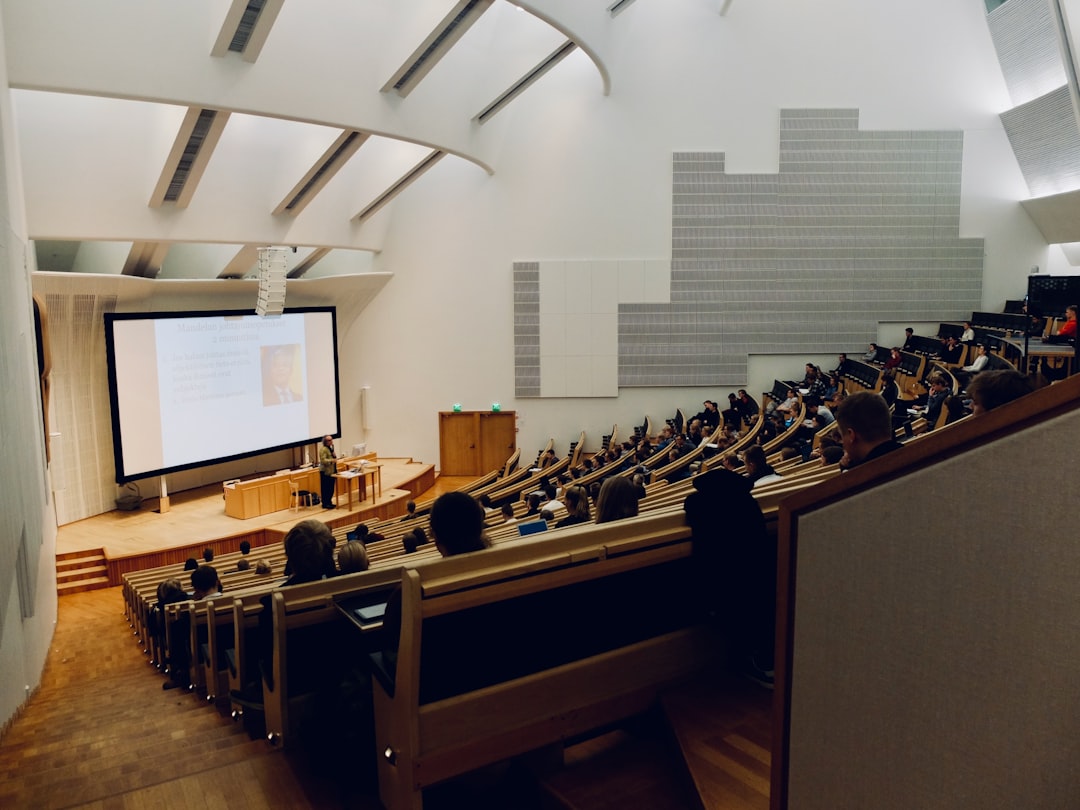What is it about?
This is a study which looked carefully at what academic staff intended the curriculum to be, the assessment culture which students' experienced, and the significance of that culture on their criticality. Based on what emerged, I make an argument that the students' strategy be given a central place in the assessment process, to better develop their critical judgement. Building on scholarship, I argue that such criticality is most important for their professional practice in the uncertain discipline of contemporary fine art practice.
Featured Image
Why is it important?
The study is important as it provides insights into the particular ways in which the curricula of these cases are unwittingly underpreparing their graduates for operating in powerful and ethical ways in the contemporary world.
Perspectives
In this paper, I have continued my research grappling with this strange beast of 'criticality' in the curriculum. Fine Art curricula are rich in that they are potentially empowering of the whole person, their practice, and the impact on the societies in which they live. I continue to be humbled and inspired by the substantive 'work' of participants of such subjects, as they teach, learn, research and negotiate the values, challenges and operations of 'criticality', 'creativity' and agency in the space of higher education.
Dina Zoe Belluigi
Queen's University Belfast
Read the Original
This page is a summary of: The importance of critical judgment in uncertain disciplines: A comparative case study of undergraduate fine art visual practice, Arts and Humanities in Higher Education, June 2017, SAGE Publications,
DOI: 10.1177/1474022217712641.
You can read the full text:
Contributors
The following have contributed to this page










